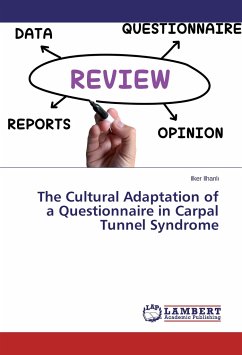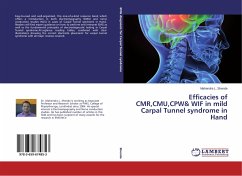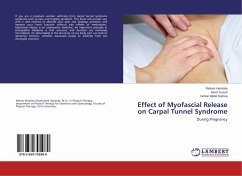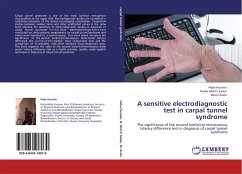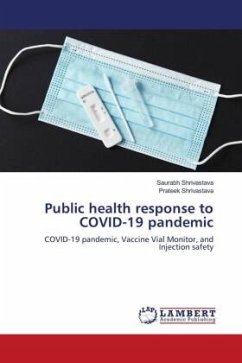Peripheral nerves carry abundant receptors for nerve growth factor, a member of the insulin like growth factor-1 family and insulin. Both of these are thought to promote neuronal growth and regeneration and could be important in restoring nerve function following metabolic or vascular damage. Carpal tunnel syndrome (CTS) is a medical condition due to compression of median nerve through the wrist at the carpal tunnel. CTS is the most common entrapment neuropathy and is a significant cause of morbidity. In diabetes, a complex array of metabolic, vascular and perhaps hormonal factors lead to nerve fiber damage which increase the risk of CTS in diabetic patients. In the past, corticosteroids were the only drug can be injected locally in the carpal tunnel as treatment of CTS but now, Local insulin injection in the carpal tunnel in diabetic patients with CTS can produce significant improvement in the median nerve function more than local steroid injection produced probably by inducing improvement in the metabolism and structural changes in the nerve through the local neurotrophic effect of insulin.


